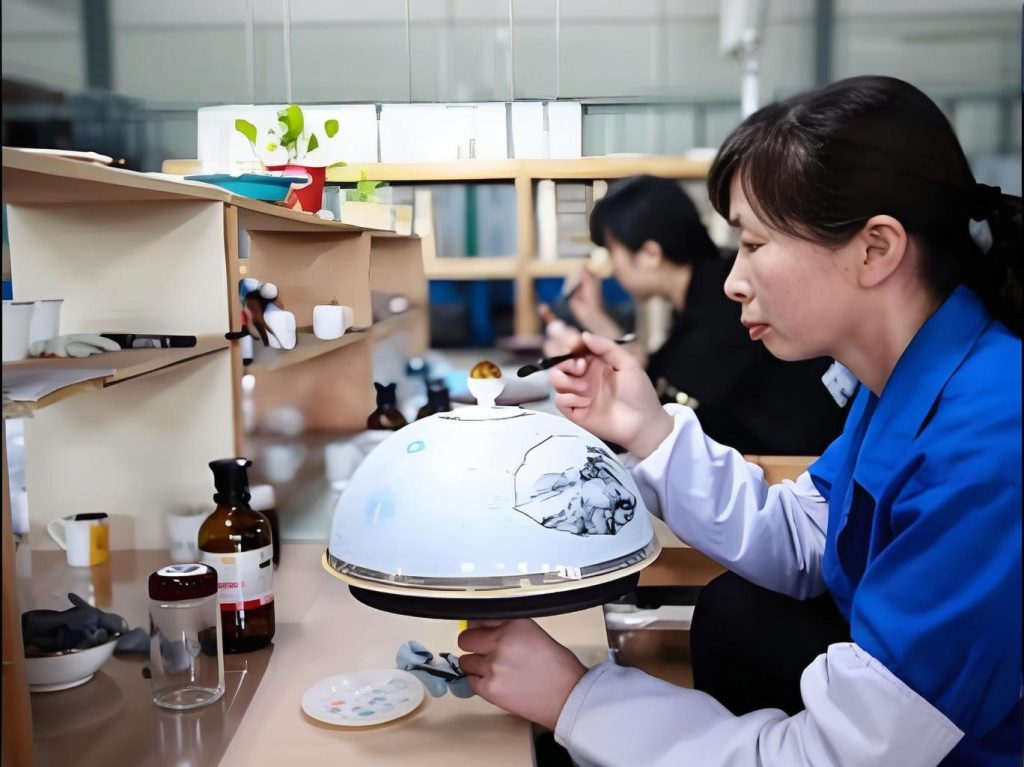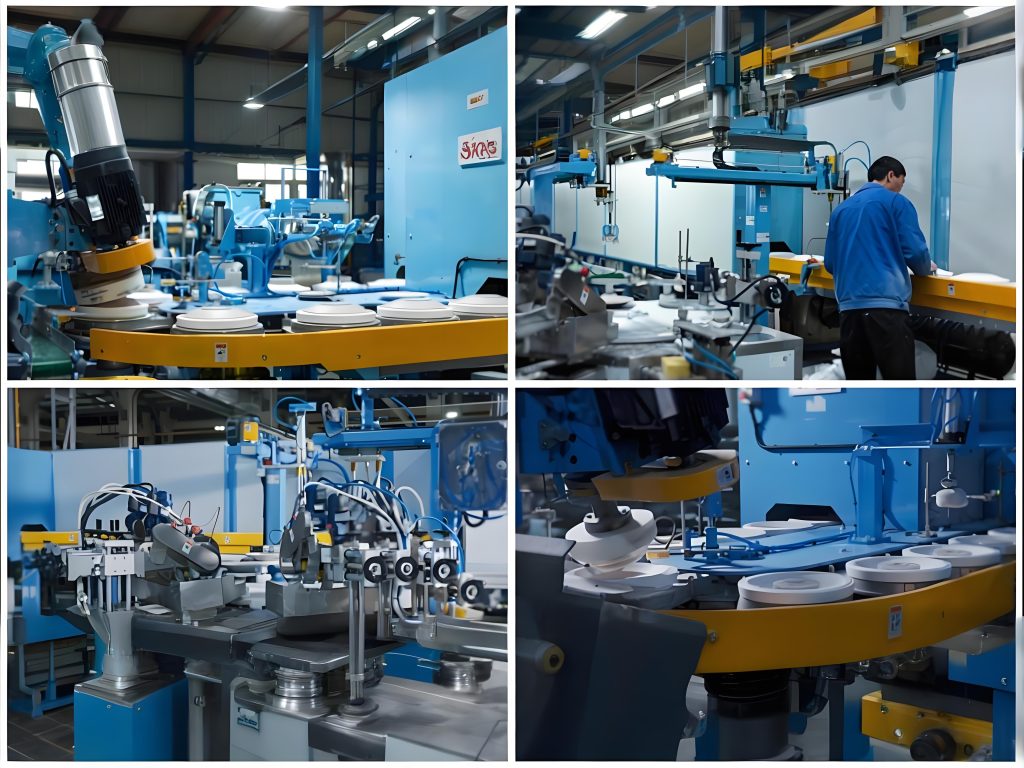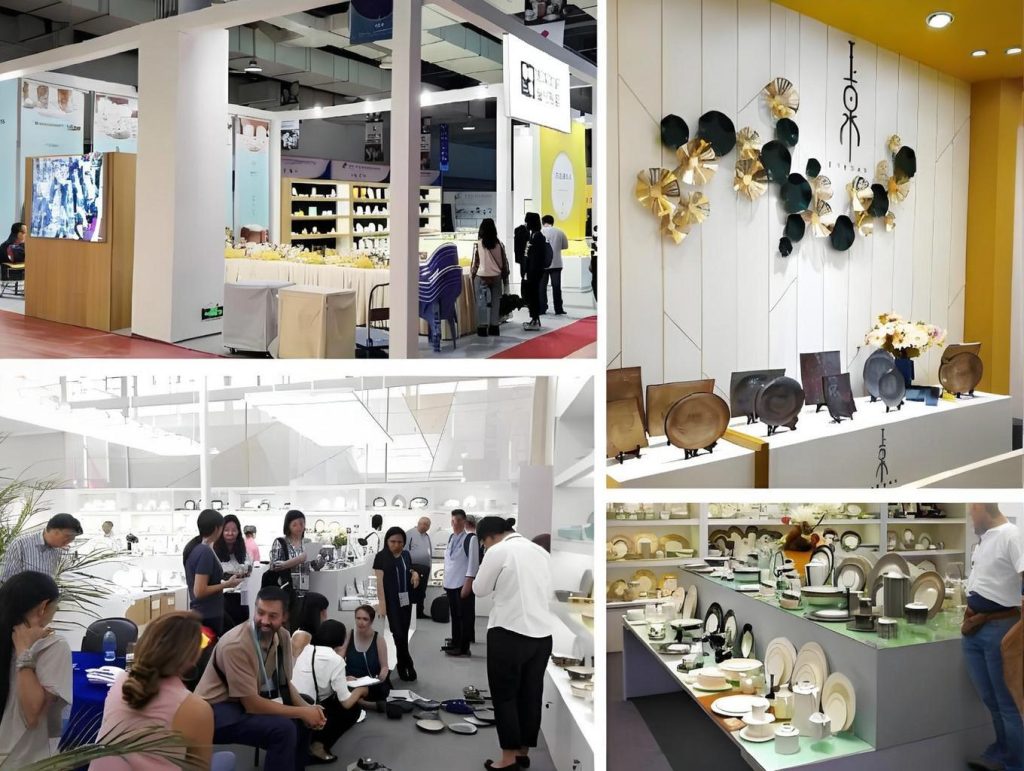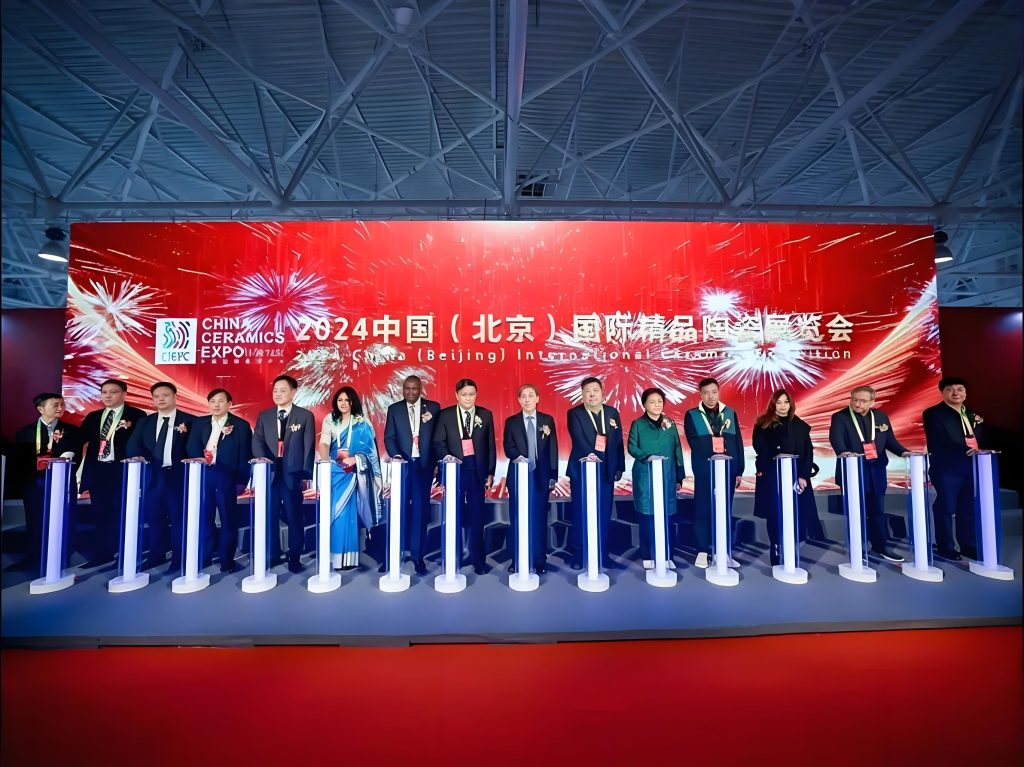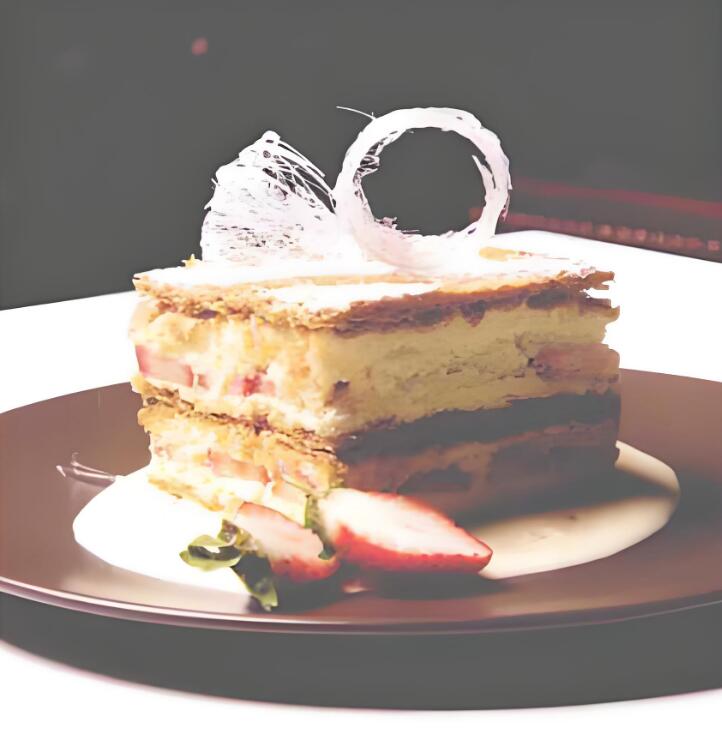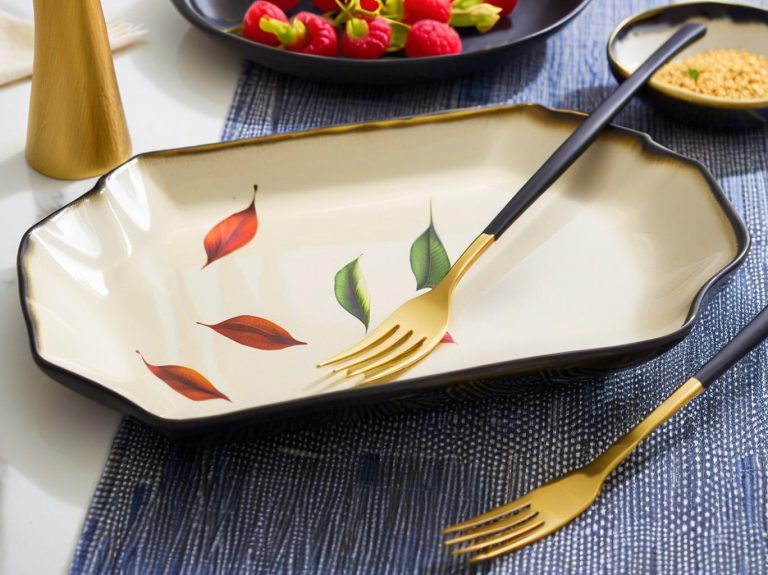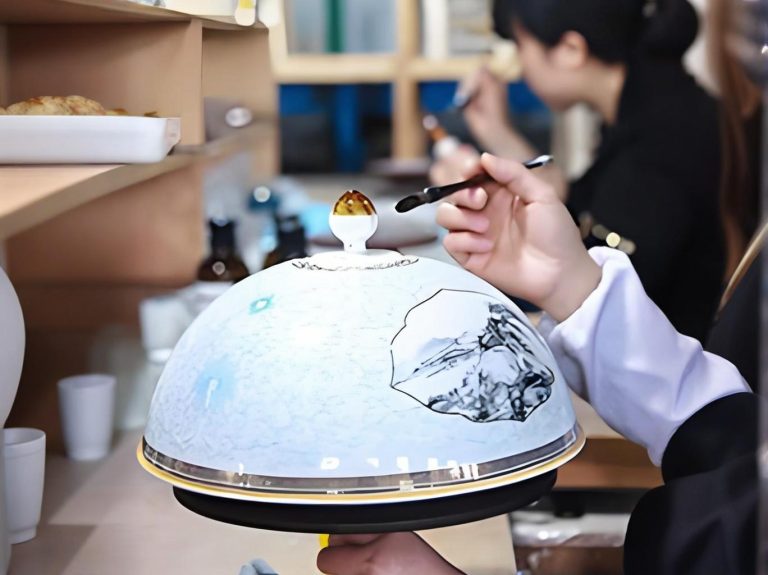When Plates Aren’t Just Plates: The Ceramic Revolution in Casual Dining
Last week I went to a new brunch spot with a friend. Before the food came, she grabbed her phone. She spent forever photographing the plates on our table. “These plates are gorgeous,” she said. “My IKEA stuff doesn’t even compare.”
I looked down. She was right. The glaze was matte. The edges were irregular. The color sat somewhere between gray and green. Hard to describe, but definitely upscale. Later I asked the owner about them. They came from a Japanese tableware manufacturer. They specialize in ceramics for casual dining.
This got me thinking about something interesting. Young people today will pay 20% more for pretty plates at restaurants. But they won’t eat instant noodles from plastic bowls at home. Casual dining is basically taking “ritual” from fancy restaurants and putting it into everyday life. Ceramic tableware sits right at the center of this shift.

Why Ceramic? Not Glass or Plastic
A Reddit post went viral a while back. The title was simple: “Why do I feel like a better person when eating from ceramic plates?”
Over 300 replies followed. Some said ceramic has weight that makes your brain take the meal seriously. Others shared how switching from paper plates to handmade bowls changed them. Now they even plate their frozen dumplings nicely.
See what I mean? It’s psychological.
But a ceramic engineer on Quora gave practical reasons:
- Temperature memory: Ceramic conducts heat slowly. It keeps food warm longer.
- Touch feedback: Matte glaze has the right friction. It doesn’t slip or feel sticky.
- Visual compatibility: White or beige ceramic is like a food filter. Everything looks better on it.
I thought this was nonsense at first. Then I tried it myself. Same tomato scrambled eggs. Stainless steel plate versus matte ceramic deep dish. The photos looked like different food bloggers made them.
Casual Dining Ceramic Isn’t “Cheap Stuff”
Let me clear up a misconception here.
Many people hear casual dining and picture fast food. Those thick, durable, identical white porcelain plates. That’s not it.
Real casual dining ceramic is deliberately casual-looking. It needs to:
- Look relaxed (handmade feel, asymmetric, uneven glaze)
- But work well (ergonomic size, smooth edges, stackable)
- Cost somewhere between IKEA and luxury brands
Reddit’s r/CeramicCollectors had a post tracking this. Sales in this price range jumped 40% in two years. Main buyers are urban professionals aged 25-35. They don’t want matching bone china sets. But they’ll spend $30 on a bowl with a “story.”
I interviewed a tableware manufacturer who makes these products. He said: “Our customers aren’t buying bowls. They’re buying lifestyle symbols. They want that subtle balance of ‘I ordered takeout but I’m eating from a handmade ceramic bowl.’”
Kind of scary when you think about it.
Design Details People Miss
Look closely at good casual dining ceramic. You’ll notice common features:
1. Edge Treatment Is an Art
Not all irregular edges look good. A Quora potter shared: “Random wavy edges need wave peaks within 3mm height difference. Otherwise they look cheap.”
I went to a trendy restaurant once. The plate edges were too rough. My knife kept catching in grooves while cutting steak. The owner probably thought it was “authentic.” But the customer experience was “dining obstacle.”
2. Color Matching Has Formulas
Today’s popular “Morandi color” ceramics have scientific backing:
- Low saturation colors don’t overshadow food
- Warm tones (cream, light brown) increase appetite
- Cool tones (misty blue, gray-green) suit refined plating
But many tableware manufacturers make one mistake. To look “sophisticated,” they make all colors too pale. The whole set together looks like hospital cafeteria food.
3. Weight Distribution Gets Underestimated
I noticed this recently. Take two 10-ounce plates. Bottom-heavy ones feel more stable to hold. Edge-heavy ones photograph well but tire your wrist.
A Reddit restaurant worker complained: “We got these super ‘design-forward’ ceramic plates. Servers protested after three shifts. Their wrists hurt. Turns out the rim was too thick. All the weight sat on the outer edge.”
Factory to Table: A Tableware Manufacturer’s Dilemma
Speaking of this, we need to talk supply chain.
I contacted several casual dining ceramic factories. Their challenges are pretty contradictory:
Challenge One: Personalization vs. Scale
- Consumers want handmade uniqueness in “every piece different”
- But factories need standardization to control costs
- Compromise: mold forming plus manual aging and glazing
Challenge Two: Environmental Pressure
- Ceramic firing needs temperatures above 2200°F. Energy consumption is high.
- Western markets have stricter carbon emission requirements
- Some tableware manufacturers switched to electric kilns from traditional wood kilns. Costs rose 30%.
Challenge Three: Aesthetic Trends Change Too Fast
- Last year coarse pottery was in. This year fine porcelain.
- Developing a new product line takes six months. By production time, trends might shift again.
- One domestic manufacturer’s inventory turnover dropped from four times yearly to two.
A factory director told me: “This business is like gambling. You guess what consumers will like six months out. Guess right and double your money. Guess wrong and you’re stuck.”

So Why Do We Need “Pretty Plates”?
Back to the original question.
Some might think focusing so much on plates is excessive. After all, food is the star.
I thought that way too initially. Then I realized I was wrong.
Good casual dining ceramic actually helps you “slow down.”
You eat takeout from a plastic bowl in 10 minutes.
You eat the same takeout from a nice ceramic bowl. Maybe you spend five extra minutes plating. Ten more minutes eating slowly.
That 15-minute difference is what ritual is worth.
A top Quora answer put it perfectly: “In a world optimized for efficiency, choosing the right plate is an act of resistance.”
I now own eight ceramic bowls at home. None match. But I still debate which one to use every time I cook. My friend says I’m crazy. But I think this “debate” itself is life’s pleasure.
If you have any questions or need to custom dinnerware service, please contact our Email:info@gcporcelain.com for the most thoughtful support!

